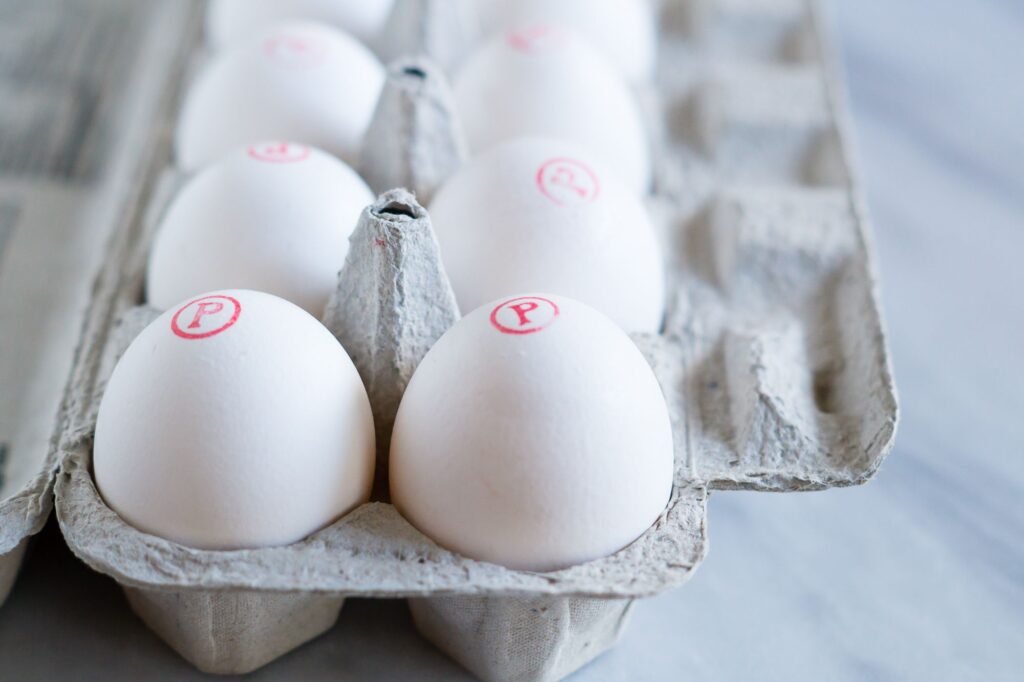These days, pasteurization is a common heat treatment method among various beverage industries, but products like eggs and shellfish can also undergo such treatments. It is widely associated with milk and fruit juices. But first, let us understand what is pasteurization and how it helps in keeping the food products safe from spoilage. Also, how pasteurization is common in improving the shelf life of eggs and shellfish.
Pasteurization is a preservation technique responsible for killing the pathogenic organisms causing various diseases making the food unfit for consumption. It is heating the product to a certain temperature for a certain period of time. This destroys almost all the microorganisms present in the food product without damaging the product. The purpose is to kill the pathogenic microbes and ensure safe human consumption. Also, to improve the keeping quality of the food products.
The different combinations of time and temperature help in maintaining the quality of the products. Another benefit is that it helps in increasing the shelf life of the said products. The common types of pasteurization are LTLT (low temperature, long time), HTST (high temperature, short time), and UHT (ultra-high temperature).
Milk and juices and other beverages are very common products when it comes to pasteurization. However, treating other food products in a similar manner is possible, to destroy harmful microbes and is common in eggs and shellfish.

Pasteurization of eggs
It is thermally treating the whole eggs in a water bath without actually cooking them. The coagulating temperature of the egg whites is 60°C. Thus, heating the egg above this temperature will result in the cooking of the egg. Hence, the pasteurizing temperature is 54°C for a period of 45 minutes which is enough to kill the bacteria. Salmonella is commonly found in eggs and eggshells. The presence of Salmonella is a threat to humans as this can cause food poisoning upon consuming them.
This is fairly a new process and not widely used in the industries yet.
Pasteurization of Shellfish
The fishery products include crabmeat, lobster meat, and surimi – based analog products. They are placed in a hermetically sealed container. Then these products undergo pasteurization process. One of the examples is the pasteurization of blue crab. Placing the containers containing blue crabs in a hot water bath tank for a certain period of time and temperature treats the product. Cooling process using ice water is the last step in this process.
This technique is a bit risky as it can lead to re-contamination of the products post pasteurization from contaminated cooling ice water or defective containers, hence, there are certain control points (such as the temperature of the water bath and the seal integrity of the containers) which needs to be kept in mind for ensuring the safety of the food product.
The most common pathogen found in fish is Clostridium botulinum and nonproteolytic C. Botulinum B and F which can grow at low temperatures (refrigerated conditions). These pathogens produce a toxin at a temperature of 3.3°. Thus, mild heat-treatment and chilling is necessary. Followed by storing them below 3°C for a longer shelf life. This process of pasteurization, concerning C. botulinum, also assures the safety of chilled food products with sufficient heat treatment (85°C for 51.8 minutes) resulting in a 6 – log reduction in pathogens and can be stored below 10°C.
The other target pathogens found in fish are Listeria monocytogenes, Vibrio parahaemolyticus, and Vibrio vulnificus.
Crabmeat
Crabmeat is one of the examples of pasteurized shellfish. Processing types of crabmeat includes fresh, pasteurized, and shelf-stable conditions. The traditional method for processing is cooking the live crabs and handpicking the meat. Followed by packing in containers for the market (in refrigerated conditions) and selling as fresh crabmeat. To sell it as a pasteurized product, it further undergoes heat treatment which increases shelf life ranging from 6 – 18 months. Initially, the main purpose was to extend the shelf life due to its perishability with no identification of specific target spoilage pathogens or microbes. Nevertheless, the presence of harmful pathogens such as Clostridium botulinum led to an extended period of time and temperature for this process.
Oyster
Oyster is another example of pasteurized shellfish. This is low-temperature pasteurization which helps in reducing pathogens, such as Vibrio parahaemolyticus and Vibrio vulnificus, to a level where they are not detectable and therefore reducing the risk of infection upon consumption. the oysters are thermally treated at a temperature of 50°C for 15 mins and increase the shelf life up to 7 days.
Reference: IFPTI, FDA, Heathline, Pubmed Central



